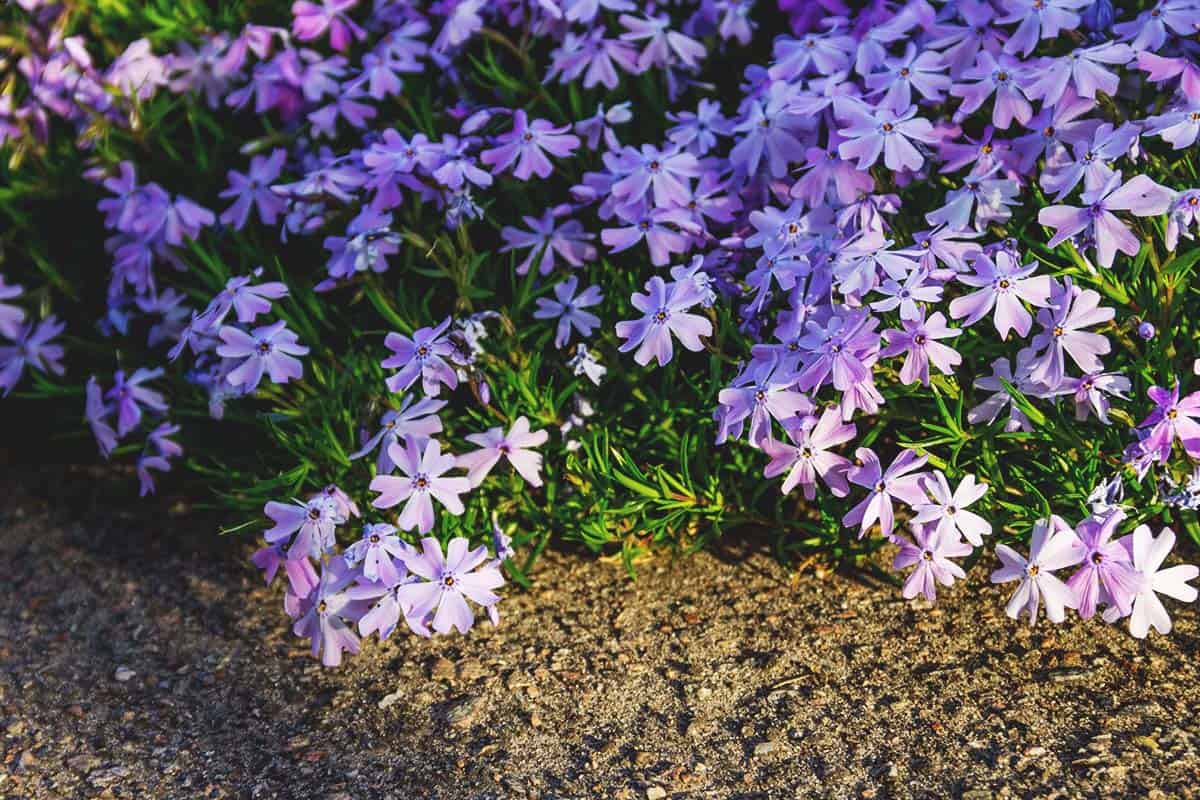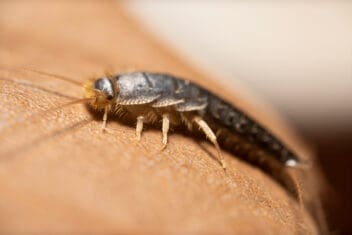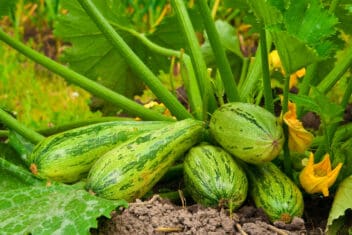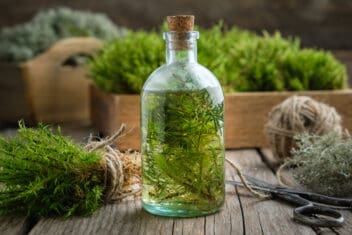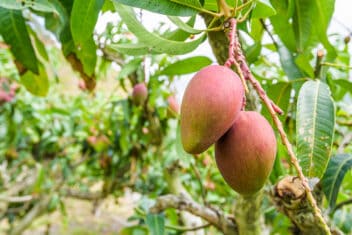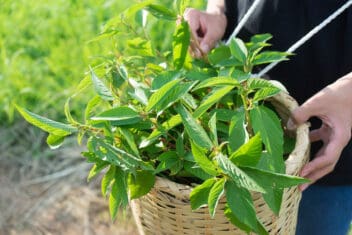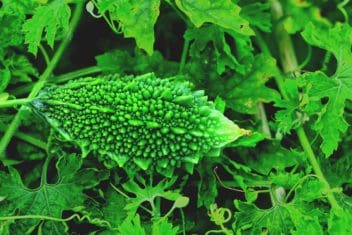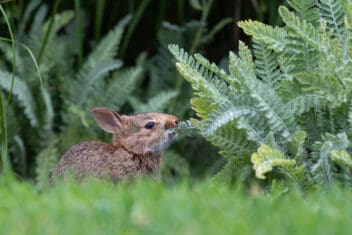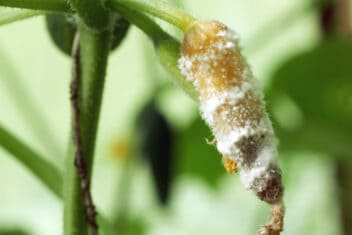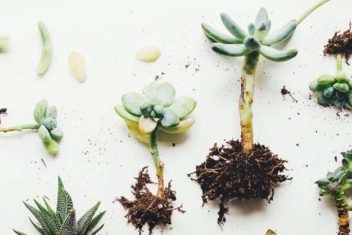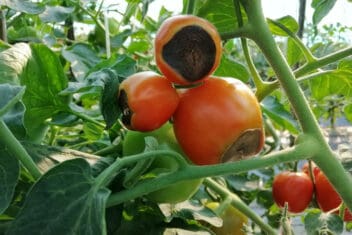No one wants their yard or barnyard to be a muddy mess with streams of water flowing everywhere. Erosion control is important. Erosion causes loss of topsoil and nutrients as well as causing unsightly gulleys and ditches.
Rain, wind and grazing animals can all cause the earth to be exposed. While there are lots of plants out there that can help control erosion – not all of them are the right choice.
Non-native plants can become invasive or may struggle to take hold in the soil just when you need it most. Using native plants for erosion control is a safe, natural way to prevent your soil from washing away.
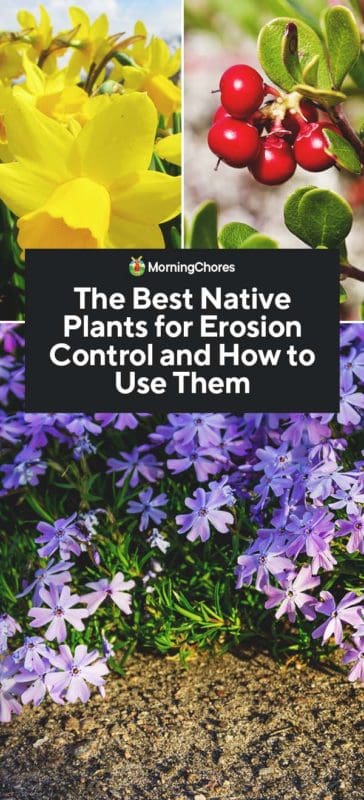
Why Native Plants
Native plants are adapted to your geographical area and need less care than many non-native plants. Native plants have developed to exist with your existing wildlife. Birds and butterflies flock to areas with native plantings.
When choosing native plants for erosion control, look for those that are indigenous to your area and will thrive in your local climate. The good news is, these kinds of plants also out-compete weeds, which tend to take over in the eroded ground. A good resource for finding out about local plants is your county extension office.
Native Groundcovers
If your eroded area is close to a building, under a tree, or near a patio, you may want plants that grow close to the ground. English Ivy, a ubiquitous invasive species is often the go-to groundcover for shady slopes. Never fear there are several good native alternatives.
Anemone
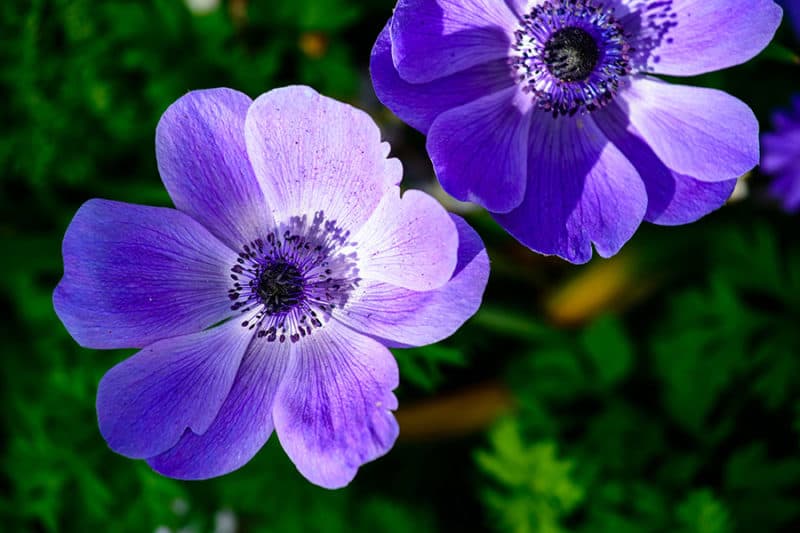
A short rhizomatous perennial that readily forms colonies. This plant produces sweet-smelling flowers in spring that attract pollinators and butterflies. It does well in wetlands and moist areas. Common in Canada down to Tennessee.
Wild Ginger

Wild ginger – usually called Canadian wild ginger – is a broad-leafed evergreen that is low to the ground and does well in shade. It grows wild in the eastern half of the United States and native people used the plant as a spice and for its edible roots.
Allegheny Spurge
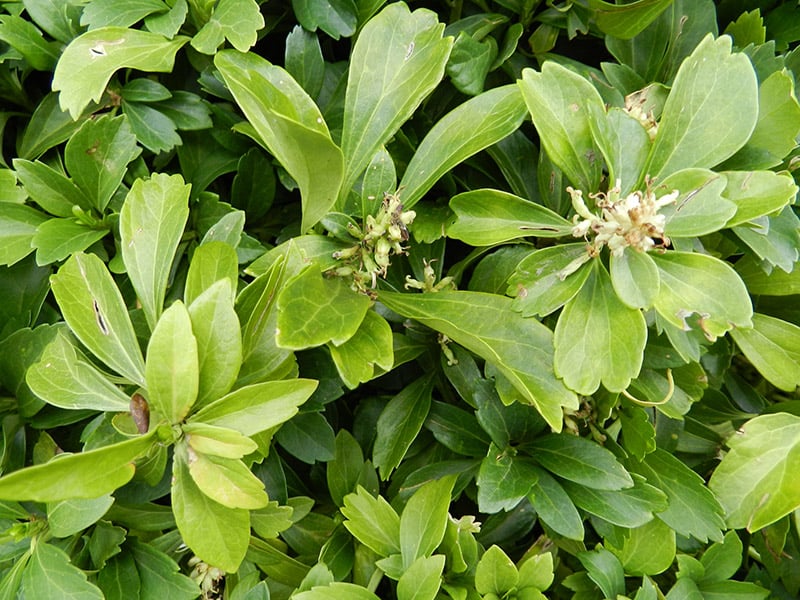
Allegheny spurge, also known as mountain spurge, is a member of the boxwood family. It tolerates deep shade and prefers a moist environment. It features pretty, fragrant white flowers glossy toothed leaves.
Creeping Phlox

Creeping phlox, also known as ground phlox, is a popular groundcover with pink and violet flowers in spring. It’s semi-evergreen.
Kinnikinnick
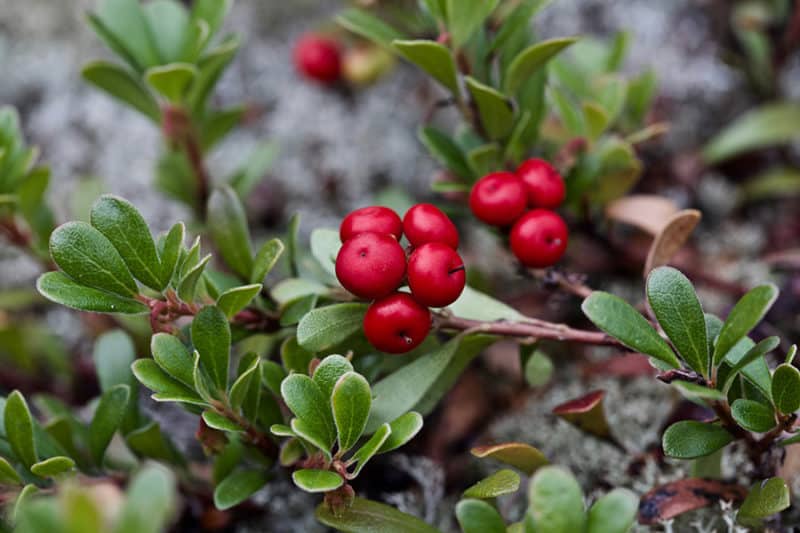
Kinnikinnick or bearberry is a common evergreen on the west coast. It can take some time to get established, but once it does, it forms a thick, low cover that makes wildlife-friendly red berries. It does well in full sun.
Violets

There are many different species of violets, so ask at your extension office or local nursery for a native one that does well in your area. Violets form a dense cover, and grow darling violet flowers that are edible and are food for several butterfly species.
Tall Native Plants
If you need something a bit taller than groundcover, these make a good option.
Big Leaf Aster
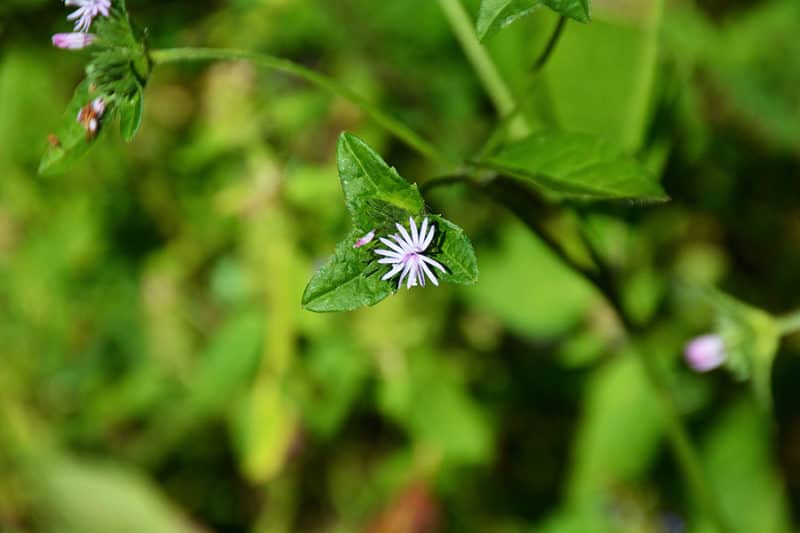
The host plant for pearl crescent and silvery checkerspot butterflies and loved by honey bees. The big leaf aster produces violet flowers in late summer into fall. Coast aster is a good variety for the west coast residents.
Ostrich Fern
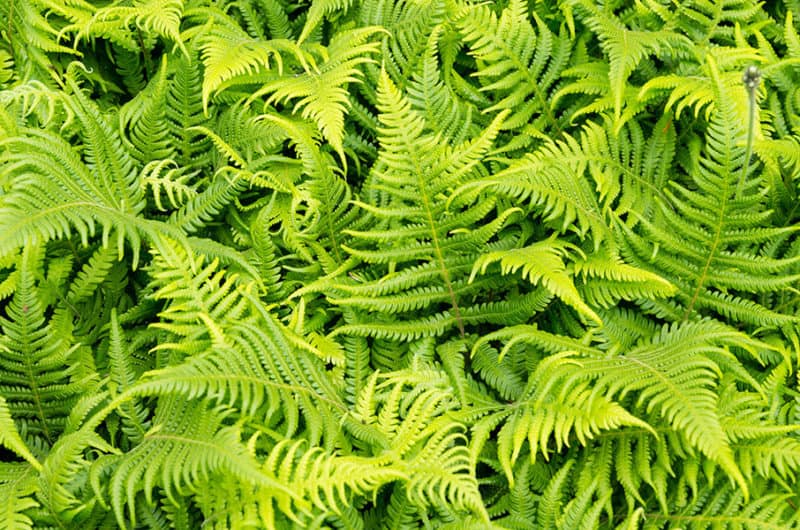
If you have a wet, shady area, this is an ideal candidate as a plant for erosion control. The ostrich fern is a common woodland plant in northern forests. Cinnamon fern and royal fern are also good for stopping erosion.
Big Bluestem

Bluestem is a tall perennial grass that is common in the northern states and across the Great Plains states. Put it at the top of hills or slopes. One warning – if you have cattle, they love the stuff
Sedge
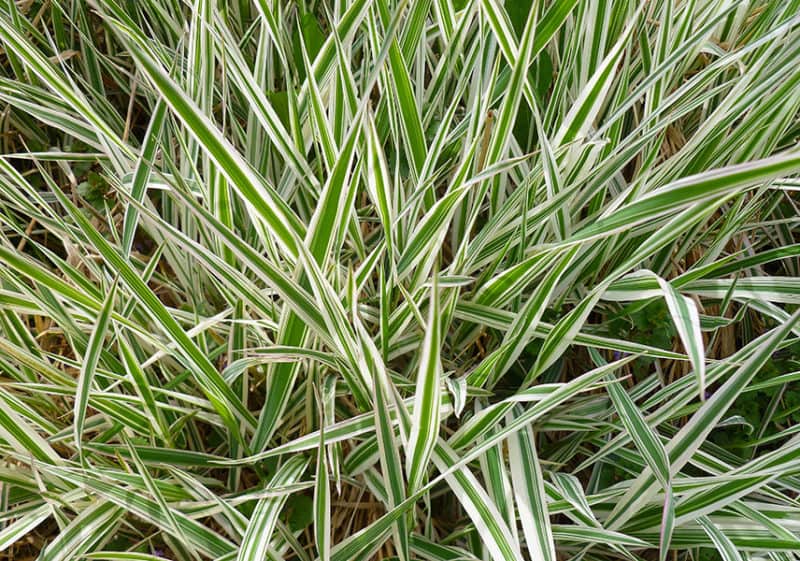
Sedges are an enormous family of grasses that encompass the globe from Greenland to South Africa. There are many species native to the U.S., including Pennsylvania, Appalachian, and Plantain leaf sedge.
They have rhizomatous roots and are excellent at erosion control. Sedges are a good seed source for wildlife and attract birds.
Spring Ephemerals
Early awakening flowers such as daffodils are referred to as spring ephemerals. These herbaceous plants live in forested areas but leaf out and bloom before the trees do.
Ephemerals tend to grow in colonies, which makes them good for protecting your soil, especially on hilly or shady slopes. You can also plant them next to other perennials so when they die back another plant can take their place.
Here are some good spring ephemeral native plants for erosion control.
Daffodils
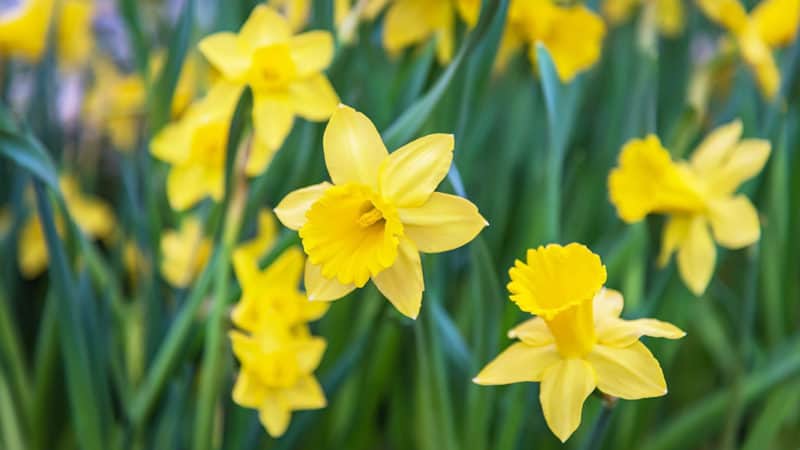
You’re right, daffodils aren’t a native species. They’re native to Western Europe. However, I made an exception since they bring so many good qualities to the landscape.
They’re easy to grow and such an early spring pleasure. Daffodils can be planted on hilly slopes and they thrive in a sunny yard or wooded area. They also repel diggers such as gophers and moles.
Daffodils spread readily and form colonies. They have a strong root system and are a valuable erosion control plant that won’t become invasive.
Ramps
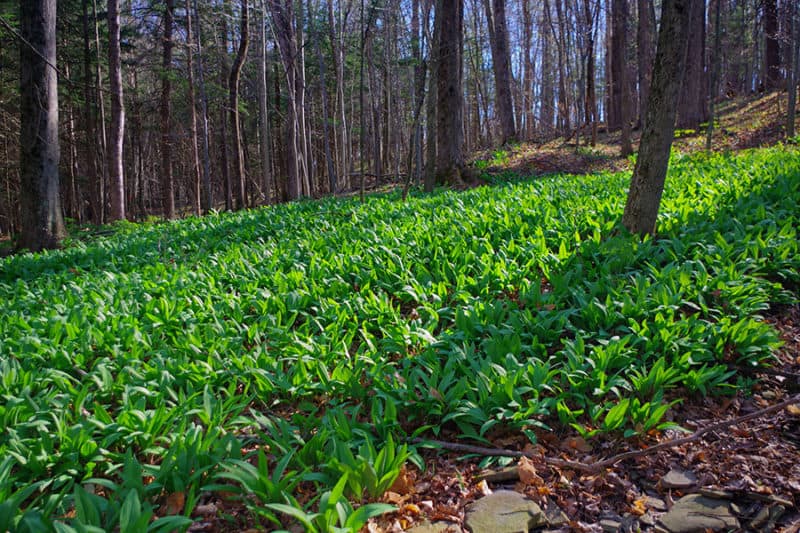
Also referred to as wild leak, this edible spring crop does double duty. You can plant them under deciduous trees, which gives them sun in early spring and shade when it gets hot. Ramps flourish east of the Mississippi.
On top of being an excellent native plant for erosion control, both the roots and leaves are edible. Each plant produces only two leaves – so harvest one and leave one to nourish the plant.
Camas
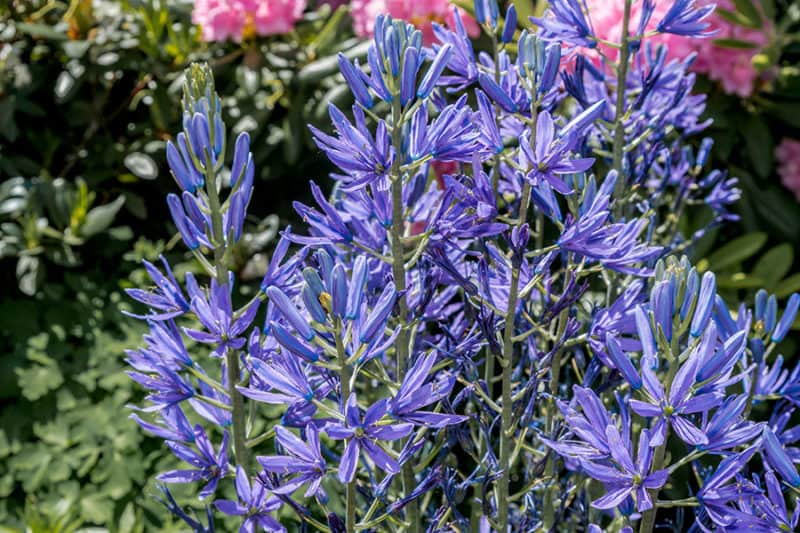
This beautiful west coast flower thrives in moist meadows. It does well in yards on flat or hilly terrain. Camas also attracts beneficial insects and is virtually maintenance-free.
Another edible bulb, Camas was a staple food for Native Americans. They were introduced to Lewis and Clark on their journey and brought back for President Jefferson. You can eat the bulbs roasted or boiled.
Claytonia
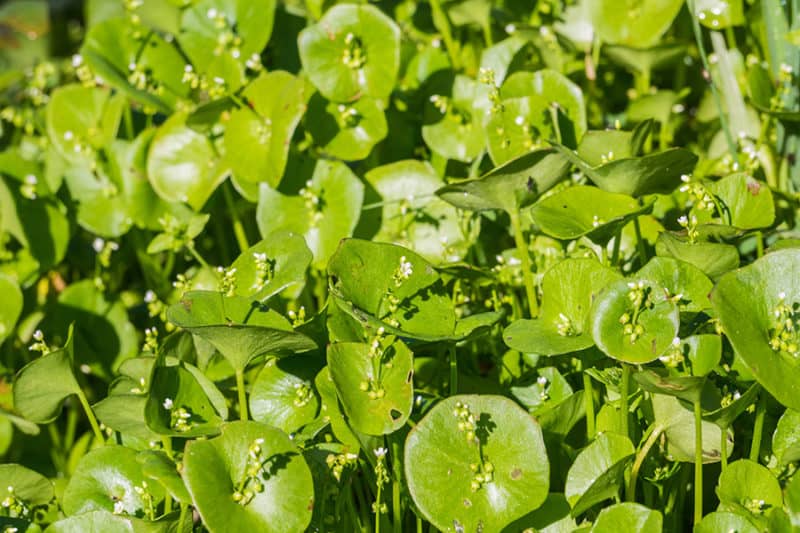
If you need a plant that can survive in that bare spot under your walnut tree, look no further. Walnut trees give off a chemical called juglone which inhibits many plants from growing. Claytonia – also known as springbeauty – is not affected and does well there. It’s also edible.
Special Situations
New Buildings
You just had your dream house built and it’s beautiful. However, the land around the house is a muddy mess from the construction. Should you go to the hardware store and buy some generic seed?
You can do much better to plant some native grasses that will control erosion and any future problems.
Preventing Erosion on a Septic Field
You want to be careful what you plant when the runoff is leading up to or over a septic field. Stick with smaller ground-hugging plants and avoid trees and shrubs. Their roots can cause damage and prevent the system from working properly.
Native perennials that reseed or form runners are ideal. You can make your septic field a wildflower meadow which adds beauty for you and food for pollinators and birds.
Large Areas or Pastures
If you have a large area or pasture land that suffers from erosion, consider a tree grove. Trees take up enormous amounts of water from the soil send it up into their leaves and then release in evaporation. Their deep roots can stabilize several layers of soil and rock.
Trees and shrubs also provide a shady grove and block damaging winds.
If you’re on the west coast some trees to start with are Western red cedar, Sitka spruce, Douglas fir, red alder, Sitka alder or quaking aspen. Shrubs spicebush western redbud, mountain mahogany, western elderberry, and mock orange.
Trees and Shrubs for the Midwest and Northeast include sycamore, dogwoods, winterberry, and buttonbush.
With dogwoods, there are several types of invasive dogwoods so make sure to get a native variety such as Cornus florida or Cornus racemose.
Erosion Around Creeks
You may be one of those lucky farmers who have a creek flowing through their fields. Creeks are a wonderful addition to any field because they provide water for livestock and possible irrigation for crops.
However, a perpetual problem is that cattle and horses tend to muck up the banks of the creek with their large feet. In addition, cattle like to wallow and often use the creek as a place to deposit their manure.
Water pollution from erosion along the banks and from animal manure is a real problem. Not just for the landowner but for the person downstream.
There are several grants from USDA and area extension offices to help promote a healthy stream and develop a plan to reduce erosion.
Trees and bushes that do well around streams are black willows, white oaks, buttonbush and swamp rose, and bald Cyprus.
Smaller plants that appreciate a wetland environment are fox sedge, rose mallow, cardinal flower, and swamp milkweed.
Getting Plants Established
If your yard has suffered from erosion for some time, you need to put in some work to make it plant-friendly again.
Your topsoil has most likely leached out. The first thing you need to do is amend the soil during a dry period. Work in compost, leaf litter, and peat moss to help build up the soil again.
Next, apply a thick layer of heavy mulch such as woodchips. The disadvantage is that a heavy rain may wash the woodchips away before the plants get established.
As an alternative, you might want to consider an erosion control blanket. You can get natural straw ones at your favorite big box store. The disadvantage is the netting takes a long time to biodegrade. You can also use burlap.
With either method, you can make cuts and plant your transplants. Firm the soil around the roots and water well to help them get established.
